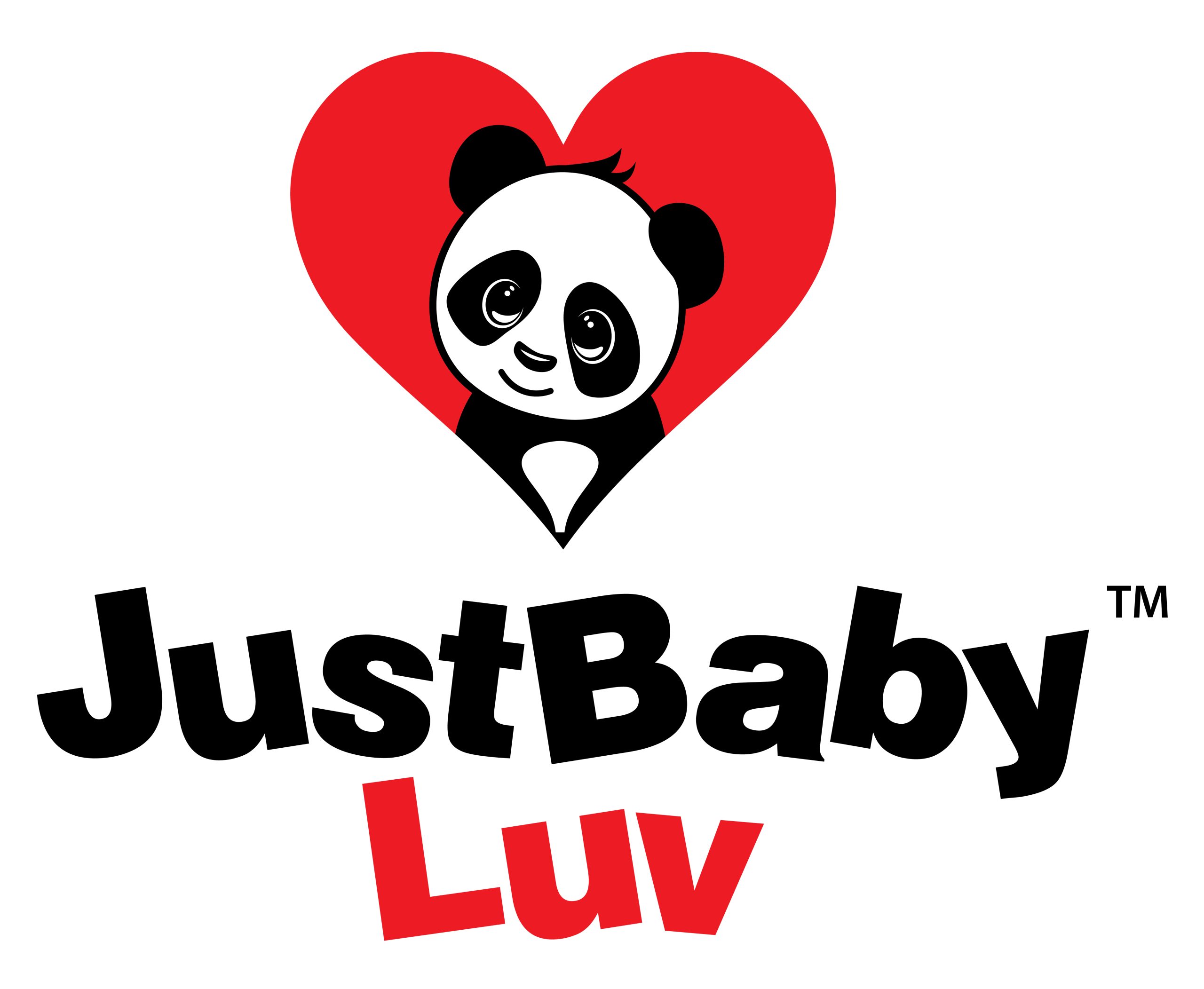Introduction
Every parent knows that babies communicate their needs through cries, expressions, and body language, but interpreting these signals can sometimes feel like deciphering a secret code. Understanding and responding to your baby’s emotional cues is crucial for their emotional well-being and development. This article will guide you through the process of recognizing different cries, facial expressions, and body language cues, and offer practical advice on how to respond effectively to foster trust and emotional security.
Why Understanding Emotional Cues Matters
Babies are born with the innate ability to express their needs and feelings through various cues. These early interactions form the basis of their emotional development and influence their future relationships and self-esteem. By accurately interpreting and responding to these signals, you build a foundation of trust and security, which is essential for your baby’s emotional health.
Interpreting Your Baby’s Cries
Cries are one of the primary ways your baby communicates. While all cries may sound similar to an untrained ear, they often convey different messages. Here’s how to interpret some common types of cries:
- Hunger Cry: This cry is usually rhythmic and may start slowly and build in intensity. Your baby may also show rooting or sucking motions.
- Tired Cry: A tired cry can be more whiny or fussy. It often occurs when your baby is overtired or needs sleep. Look for signs like yawning or rubbing their eyes.
- Pain Cry: A pain cry is typically sharp and sudden. It may be accompanied by signs of discomfort, such as clenching fists or arching the back.
- Discomfort Cry: This cry can indicate that your baby is uncomfortable, perhaps due to a wet diaper, tight clothing, or being in an uncomfortable position. The cry might be more continuous and less intense than a pain cry.
Reading Facial Expressions
Facial expressions can provide valuable insights into your baby’s emotions. Here’s what to look for:
- Smiling: A genuine smile indicates happiness and comfort. Responding with smiles and laughter reinforces positive emotions and helps build a strong bond.
- Frowning or Furrowing Brows: These expressions often indicate discomfort, confusion, or displeasure. Address the cause of their distress, such as hunger or discomfort.
- Wide Eyes: Wide eyes can signal curiosity or surprise. Engage with your baby to explore new experiences together, which supports cognitive development.
Understanding Body Language
Your baby’s body language can offer additional clues about their needs and emotions:
- Arching the Back: This can be a sign of discomfort or pain. Check for potential issues like gas, reflux, or tight clothing.
- Clenching Fists: Clenched fists may indicate frustration or discomfort. Gently soothing your baby and addressing their needs can help.
- Reaching Out: When your baby reaches out or extends their arms, they may be seeking comfort or interaction. Pick them up and provide the physical closeness they need.
Practical Tips for Responding Effectively
Responding to your baby’s emotional cues appropriately is key to building a trusting relationship. Here are some practical tips:
- Be Attentive: Pay close attention to your baby’s cues and try to respond promptly. Consistent and responsive care helps your baby feel secure.
- Stay Calm: Maintain a calm demeanor when responding to your baby. Your own emotional state can influence how your baby feels and reacts.
- Use Soothing Techniques: Employ techniques like gentle rocking, soothing sounds, or soft singing to comfort your baby. These methods can help calm them when they’re distressed.
- Observe and Adapt: Each baby is unique, so observe how your baby’s cues evolve over time. Adapt your responses as needed to meet their changing needs.
Conclusion
Understanding and responding to your baby’s emotional cues is a vital aspect of fostering their emotional well-being and development. By learning to interpret their cries, facial expressions, and body language, and responding with care and attentiveness, you build a foundation of trust and security. This early interaction not only supports your baby’s immediate needs but also contributes to their long-term emotional health and development.
Call to Action
For more tips and resources on understanding and nurturing your baby’s emotional needs, visit our shop at JustBaby Luv website today. Explore expert advice and practical tools designed to support you in creating a loving and responsive parenting environment.







Great article! I really appreciate the clear and detailed insights you’ve provided on this topic. It’s always refreshing to read content that breaks things down so well, making it easy for readers to grasp even complex ideas. I also found the practical baby tips you’ve shared to be very helpful. Looking forward to more informative posts on parenting tips like this! Keep up the good work!